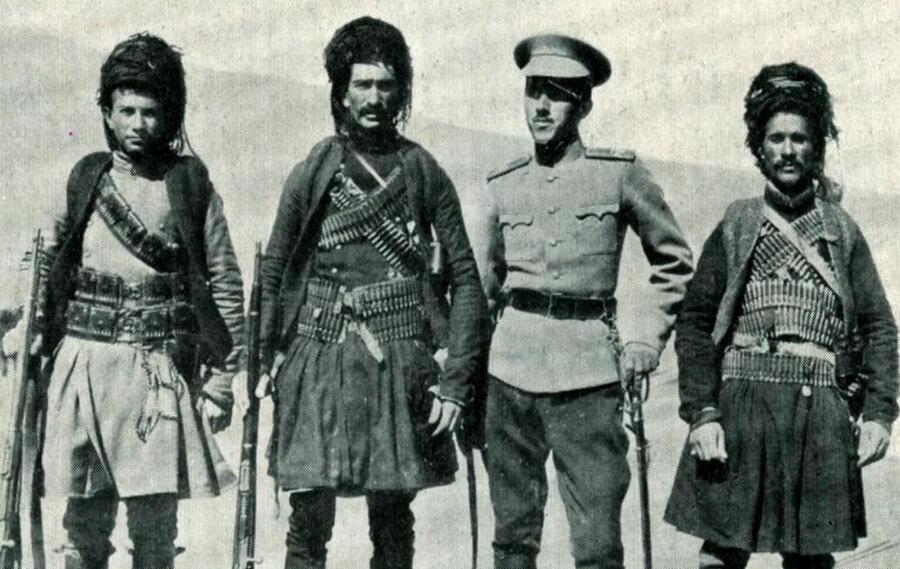Read Part 1 here:
Simko Shikak; A Revolutionary Figure for the Independence of the Kurds – Part 1
After World War I, the Ottomans left Azerbaijan and a strong government was not established in Azerbaijan, and the only influential authority was Smail Agha Shikak. In addition to his forces, he was accompanied by hundreds of Ottoman soldiers.
The governor of Urmia, Sardar Fatih, tried to deceive him through negotiations, but this attempt failed. The governor of Tabriz, Mukaram-ulMulk, sent him a bomb that exploded and Simko escaped.
In February 1919, a meeting was held between the Khans of the East part of Kurdistan. The meeting discussed a general uprising against the Iranian state, but they agreed not to do anything until the major powers were consulted and agreed to support it.
After that, two people in two different directions tried to approach the representatives of foreign countries, especially Britain, to raise the issue of Kurdistan's independence and convey their demand to them and the Kurdish people. They demanded Kurdistan's independence and each of them fought for it in one way or another.
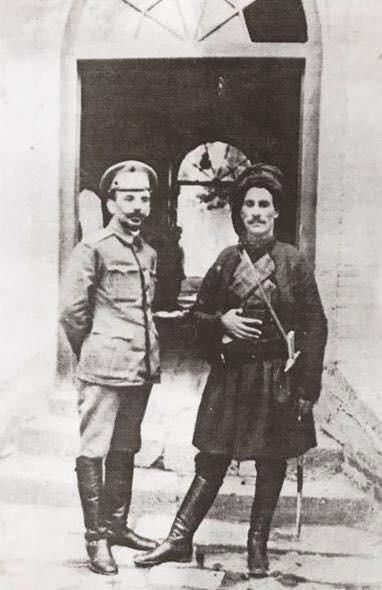
In 1912, Sayid Taha Shamzinan went to Baghdad to get British help and Simko wrote a letter to Arnold Talbot Wilson, the British representative in Baghdad, but none of them received a real promise.
After that, Simko did not wait for the uprising of other Kurdish Khans and captured the cities of Daylaman and Khoy and then besieged the great city of Urmia. Some of the Azerbaijani people of Lakistan, the northwestern part of Daylaman, refused to accept his rule, so they were attacked and defeated by Simko and went to Sharafkhana Bay. The areas north of Lake Urmia fell under the control of Simko's forces.
At that time, the new governor of Tabriz, Sardar Intisar, attacked Samko's forces with a large force and he retreated with the Commander of the Cossack force, Philipov, who attacked them, and finally they agreed.
This agreement further enhanced Simko's position. In 1920, he again captured the plains of Urmia, Salmas, and Khoy and himself appointed a governor for Urmia. Thus, Simko's forces grew gradually and in the latest attack on the Iranian army, the number of fighters reached ten thousand.
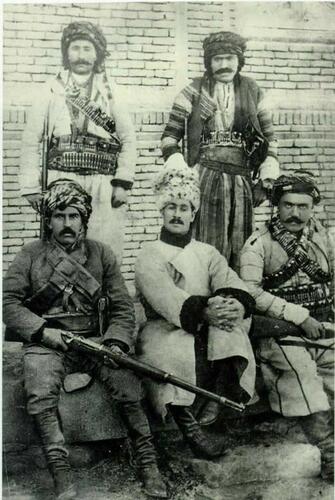
In 1920, Simko held several meetings among all the Kurdish tribal chiefs of Azerbaijan. In the summer of 1921, Simko's rule extended from the west of Lake Urmia to the cities of Bana, Sardasht, and northwestern Iraq. Among the tribes, besides the Shikak tribe and the Harki tribe, Mamash, Mangur, Debukri, Piran, Zarza, Gawirk, Faizullabaigi, Pishdari, and the small tribes of Bana also followed Simko.
It is worth mentioning that Simko also took the city of Sablagh from the state forces and part of the city was looted in this battle, which led to Simail Agha being later appealed by Kurdish nationalists. “The regime's gendarmerie forces took the fighting into the streets of the city and I have not been able to prevent the resistance of my forces,” Simko said about what happened in Sablagh.
However, he immediately appointed Sablagh as the center of his rule and left it and entrusted it to Hamzagha. After the successful attacks and victories of Simail Agha and his army of 10000 men, non-Kurdish people also recognized his authority like Miandoaw, Maragha, and Binaw sent a surrender letter to Sablagh.
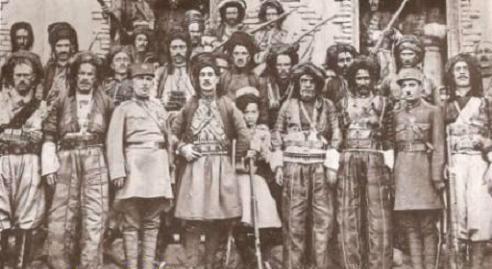
Simko's successful victories made him a noble personality. By July 1922, his territory had grown tremendously. It had reached Sain Qala and Saqqez from the east and south, from the north to Qutur, and even influenced Marivan and Hawraman. Even some other southern tribes in Lorestan were ready to revolt in support of Simail Agha to support him.
At that time, Iran was full of riots on all sides. In northern Iran, the forces of Mirza Kuchak Khan Jangali had begun to revolt. On the other hand, a man named Khalo Qurban Harsini from Poshtku is mobilizing tribal forces against the central government. Reza Khan, who had been the head of the Dutch embassy and had now become king of Iran by coup, tried to quell the revolutions by any means. Among these forces, Simko Shikak's forces were well-equipped and efficient and had defeated the state forces in several major clashes. Reza Khan tried to attract other opposing forces so that he could fight Simail Agha's forces. Mirza Kuchak Khan, who had a secret relationship with Simail Agha and was a real opponent of the central government, continued his revolution, but Khalo Qurban Harsini joined Reza Khan's forces. On the other hand, he remained in touch with Mirza Kuchak Khan and finally killed him and took his head to Reza Khan.
After this incident, Reza Khan ordered Khalo Qurban to attack Simko's forces with armored forces. In 1921-1922, Khalo Qurban formed an army of tribesmen to attack Simail Agha's forces. After hearing this news, Simail Agha prepared his forces and defeated Khalo Qurban's forces in a great battle.
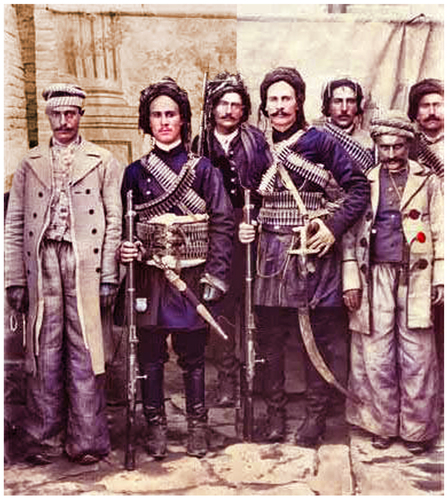
Reza Khan, who could not defeat Simko and the Kurdish forces in the war, was politically under pressure from the Iranian nationalists, so he tried to treat Simail Agha in another way, so he asked Simko to meet and resolve issues through dialogue.
Therefore, in 1929, Reza Khan invited him to Shino for negotiations. Simko went to Shino as a diplomat to meet Reza Khan, but after two days of waiting there, Colonel Sadeq Khan, Reza Khan's representative, sent him away. When he was leaving, Sadeq Khan ordered to shoot him, and they attacked him and his accompanying team, killing all but two of them.
The assassination of Simail Agha is a black spot on the Iranian central government that invited a political guest for dialogue and killed him in a manner far from diplomatic etiquette, thus ending the revolution and the rule of Simko Shikak.

